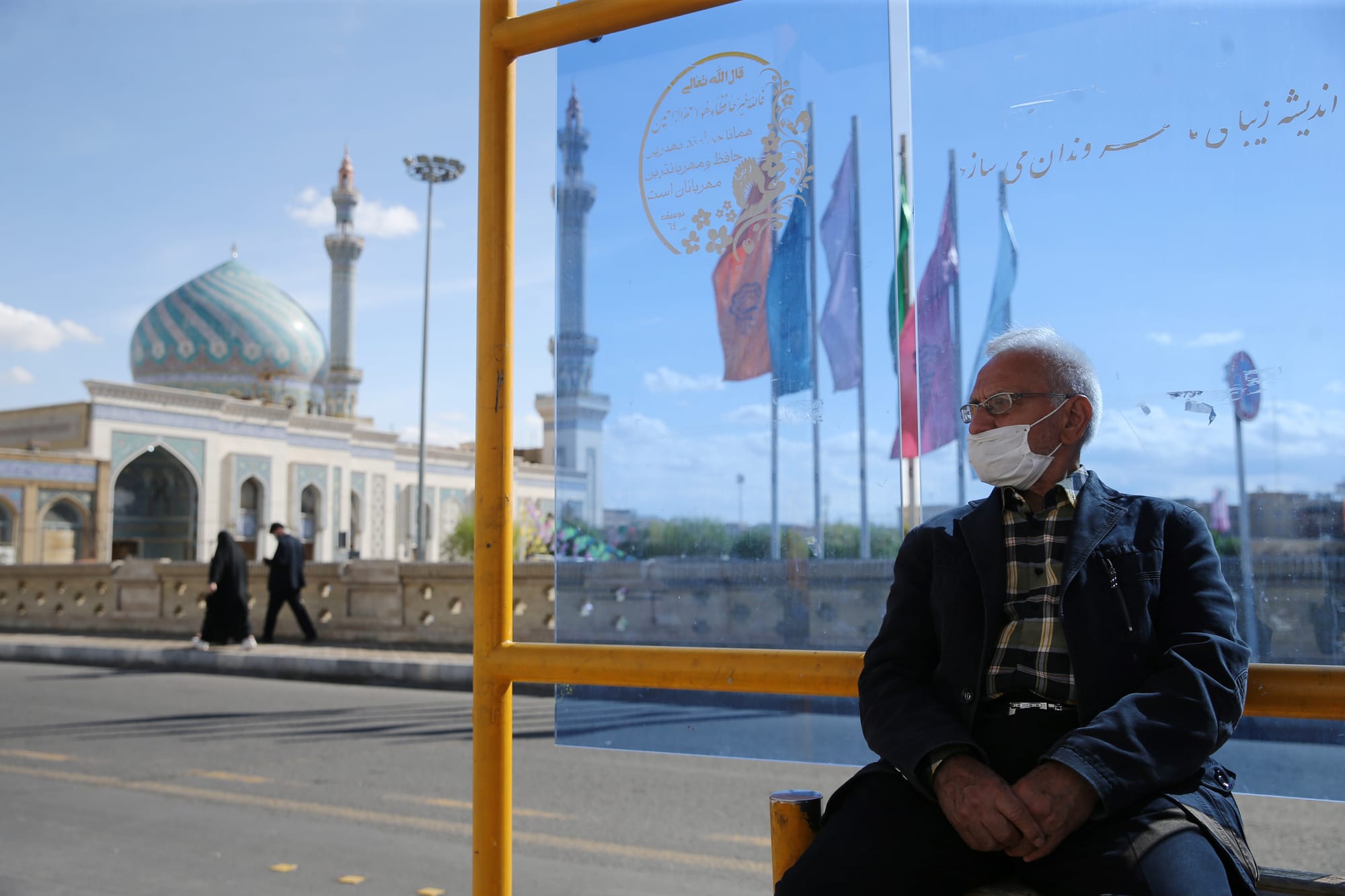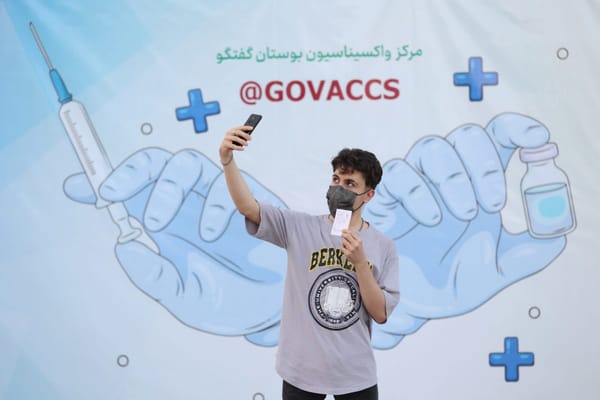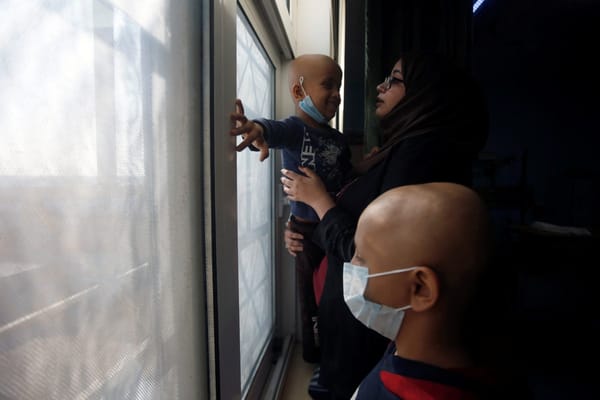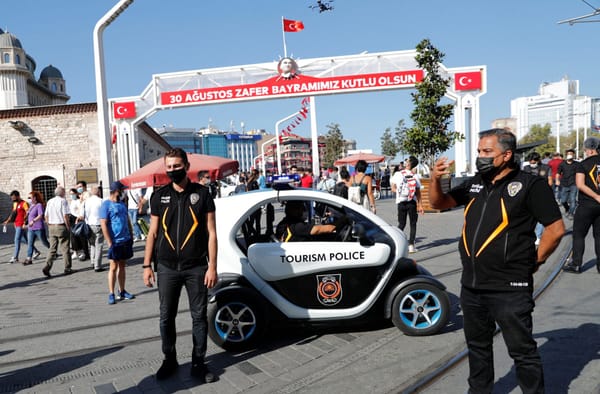Mutual Aid and Solidarity in Iran during the COVID-19 Pandemic
In Iran, the state at first wavered in response to the spread of the coronavirus but eventually led a mass mobilization across the government and military to try to monitor, treat and contain COVID-19. Beyond the official response, charities, mosques and professional groups are responding to the rap











